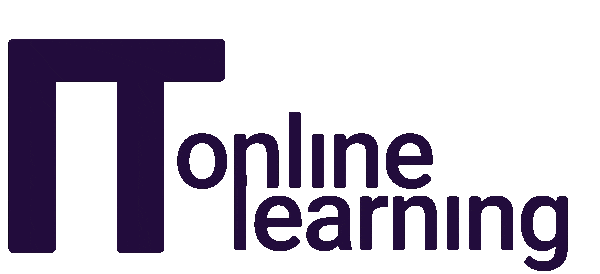The Five Ways to Manage Your Remote Staff
When you’re a manager or team leader, one of the most challenging parts of your job is looking after your team.
You need to make sure they are achieving their goals, feeling happy in their role and getting on with the rest of their colleagues!
The rise of working from home has made it trickier for managers to keep their direct reports on track, just as they may not see them as often as they used to.
The good news is that you can still manage your team effectively, even if all of you or some of you are working from home.
Here are five of our top tips on how to manage your staff if you are no longer working in an office environment.
1. Create goals and expectations
When you’re responsible for a team’s output and goals, you’re the one that senior management will turn to if KPIs start to drop. This means it’s essential to make sure your team is hitting their targets.
Set your expectations out from the start. Say what you expect from your team and what they need to achieve. Don’t forget to say what they can expect from you too. For example, are there any times during the working day that you will be on childminding duties, or out walking the dog?
One other thing to mention here – have faith in your team. By trusting them to get on with the job at hand without resorting to micromanagement, they are more likely to do what you need them to do.
2. Set up regular meetings
Working from home has made catching up with your team more of a challenge. There’s no more impromptu gatherings around computer screens, or a quick chat while you wait for the kettle to boil.
However, technology has made it easier than ever before to gather everyone around for a virtual meeting. Schedule frequent meetings with the whole of your team using Zoom, Google Chat or Microsoft Teams. You can then see what everyone is up to, and whether they need any help. These meetings don’t have to be long, five or ten minutes tops.
If a meeting isn’t essential, online chat can make it easier to share ideas and thoughts, and is a lot more efficient than firing off a stream of emails. Think of online chat as your virtual water cooler!
3. Encourage communication
While it’s important to initiate a dialogue with your team and reach out to them where appropriate, it’s also important to remind them that communication is a two-way street. If they feel stressed, angry or anxious, they need to know that they can come to you.
Let your team know that all they need to do is let you know, and you will arrange a one-on-one phone call or video call to talk through their issues.
Also, be on the lookout for signs of frustration in your team so you can offer your support. While you can’t read body language or tone of voice in the same way as if you were in the office, there are still things you can look out for.
For example, if your most talkative employee has gone quiet all of a sudden in your online meetings, it could be a sign they are struggling.
4. Say thank you
During disruptive times in the workplace, the need for recognition can increase by up to 30%. Working from home has made it harder to reward a job well done, just as there is less opportunity to do so.
Take the opportunity to reward staff when they do a good job. This doesn’t have to be in the form of perks or incentives; even a simple ‘thank you’ can help them feel appreciated.
Similarly, encourage your team to say thanks when a colleague goes the extra mile. This can be a fantastic way of making staff feel valued, as well as brightening their day!
5. Have fun!
Not surprisingly, we do a lot of socialising in our jobs. Before the pandemic, over 40% of workers went out with their colleagues at least once a month.
If your team is able to go out for a meal or a coffee, take the opportunity. This gives you a great chance to catch up with your staff face-to-face, as well as officially welcome team members who started during lockdown.
If payday drinks or a post-work meal are no longer an option, there are still lots of ways you can socialise with your team. Try a Zoom pub quiz, a catchup over cocktails or even a virtual escape room!
We hope this guide has given you insight into how to manage your team when all (or some) of you are working from home.
The key thing to remember is that we are all different, and what works for one team may not work for another.
Understand what motivates your individual team members and use that information to help them reach their potential when working from home.




